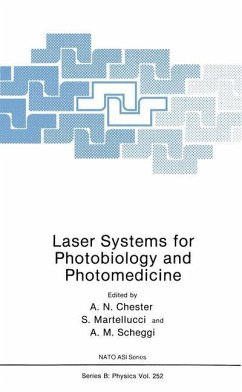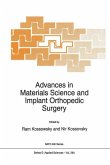Much of the material in this book represents a departure from that presented earlier in the series. Volumes 1 and 2 presented almost exclusively reviews by American authors of American work. As science is international, it is rare that in two different parts of the world large groups of researchers in the same field remain relatively uninformed about each other's work. However, during the time since the initiation of this series, a large body of research has grown up in Russia that is almost unknown outside, as the original reports are largely untranslated. For this reason, an extensive review is presented here of the entire field of Russian applications of lasers in medicine and biology. Although the author, Dr. Gamaleya, has not worked directly with many of the applications, he has a general background in laser usage and has received much help from his colleagues in assembling the material. His review is restricted to Russian research. This does not mean that he is unaware of Western advances, rather that he has restricted his material to the parts that are peculiarly Russian or are significant confir mations of earlier work. Some of the Russian developments are quite novel and will certainly suggest to the careful reader new interpretations of old data, and possibly even new lines of research. The mechanisms proposed for the interaction of the high-intensity monochromatic light from lasers with biological material continue to grow in complexity.
Hinweis: Dieser Artikel kann nur an eine deutsche Lieferadresse ausgeliefert werden.
Hinweis: Dieser Artikel kann nur an eine deutsche Lieferadresse ausgeliefert werden.








